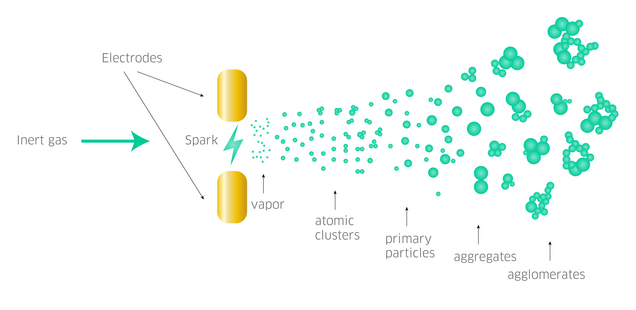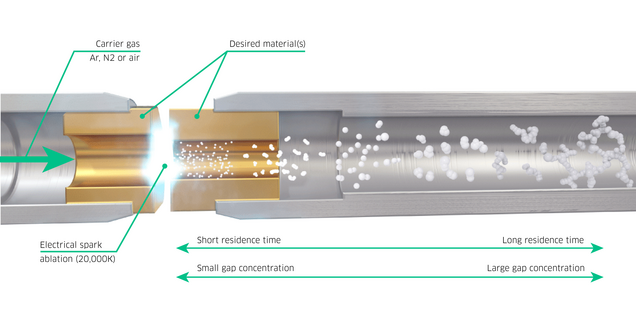Airborne nanoparticles and their Environmental Impact
Nanotechnology is continuously growing and engineered nanoparticles are used as building blocks for many advanced materials, catalysts or consumer products. However, the increasing amount of airborne nanoparticles has raised significant concerns regarding their effect on environment and human health. Therefore, the need to develop monitoring techniques and methods to determine exposure limit or toxic health effects of nanoparticles has also increased.

Nanotoxicology Studies
At the nanoscale, even the smallest size or shape difference of the particles can have a significant impact on their interaction with living systems, such as inhalation mechanisms or the way that nanoparticles accumulate at different organs. For example, it has already been illustrated at different nanotoxicology studies that particles smaller than 10 nm were toxic, although similar studies of larger particles of the same material showed no harmful effect. Therefore, having narrow size distribution and precisely controlled particle properties is essential for nanotoxicological studies. In addition, it is important to conduct studies to determine the toxicity of ultrafine particles.
The VSP-G1 Nanoparticle Generator (VSP-G1) is able to produce a reliable and reproducible aerosol of sub-20 nm particles for a wide range of elements. The production of nanoparticles takes place entirely in the gas-phase and under ambient pressure and temperature. The size of the nanoparticles is controlled through the power and flow parameters and the whole production process is automated. The nanoaerosol output of the VSP-G1 can then be directed towards model cell tissue for nanotoxicological studies.

Soot generation for standardized emissions testing
Among the current testing protocols and standards for air quality, there is a lack of reliable testing and calibration methods for the detection of particles smaller than 23 nm. The absence of such protocols mainly derives from the difficulty to produce and detect these ultrafine particles. However, there is a significant amount of particles smaller than 23 nm in air and there are many indications that those particles can cause a lot of problems to human health.

Using the VSP-G1 Nanoparticle Generator and carbon electrodes, the production of tunable carbon nanoaerosols with aerodynamic diameters between 10-100 nm and narrow size distribution can be achieved at the push of a button. These aerosols mimic the ultrafine nanoparticles that are emitted from combustion engines and therefore VSP-G1 in combination with a differential mobility analyser can be used as an ideal nanoparticle source for emissions testing.